1. Dear Zoo –This repetitive, interactive flap book brings the zoo home. With fun simple art and great descriptive words, Dear Zoo will help keep children engaged. 2. Open the Barn Door – This darling repetitive flap book is great to work on animal sounds, answering simple WHO questions, naming animals, and talking about what animals are doing or where they live. 3. If You See a Kitten – To work on vocalizing, imitating, and using simple sounds and vowels … you need this book! Pair an action with each exclamation for added effect and reinforcement. 4. Brown Bear, Brown Bear, What Do You See? The repetition and predictability of this book is perfect for encouraging early language and vocabulary. It’s a great way to pair 2-3 words together too with descriptive phrases and a consistent line throughout the book. 5. The Very Hungry Caterpillar One of my favorite activities with this book is to pair play food with the pictures and act it out! I then expand it to talking about what foods we like to eat! 6. From Head to Toe There is a reason that this is the third book on my list by Eric Carle … and that his books are bestsellers and award-winners. He blends his illustrations and artwork in a delightfully effective way with his prose to make learning fascinating and fun! This book engages children with imitation of playful actions as they do what the animals pictured do, a great way to teach imitation and use of action phrases! 7. Piggies Ten marvelous little piggies romp from fingers to toes … incredibly fun illustrations and descriptive phrases (“COLD piggies,” “DIRTY piggies!”) paired with your playful gestures and expressions will make this a child’s favorite, for sure! (Like Eric Carle, the authors Don and Audrey Wood also demonstrate a unique talent for using expressive illustrations and engaging and repetitive language to make their stories come alive for little ones . . . you’ll also find me frequently using their books The Big Hungry Bear and The Napping House in therapy!) 8. My Truck is Stuck A must have for the truck, car, or bus lover. This book has great rhyming and repetition and wonderful SOUNDS. Get your vocal cords ready for BEEPS, HONKS, and HEEEELPS! We love acting this book out with small vehicles during therapy. 9. While You Were Sleeping While young Daisy sleeps, animals play and swim and fly. When she wakes up, her mother tells her about each animal in turn. John Butler's lyrical text and rich, vivid pictures make this a special book and an excellent one for teaching verbs and use of action phrases. 10. Monster Books: There’s a Monster in Your Book, Go Away Big Green Monster, and There’s a Monster in My House – KIDS LOVE MONSTERS… These are fun, interactive books with predictable lines and fun phrases to help ease kids fears and make monsters friendly and fun! 11. Blue Hat Green Hat Nothing gets little ones laughing like this staple from Sandra Boynton. It is my absolute favorite book to target 2-word combinations and is always a success (remember that YOU bring the funny – react and make it silly and ridiculous and your child will follow your lead!) 12. Touchy Feely Books: – That’s not my tractor. That’s not my goat. That’s not my unicorn. Usborne has a ton of these fun “That’s not my…..” books. They are simple and cute and the sensory components help keep young children engaged.
0 Comments
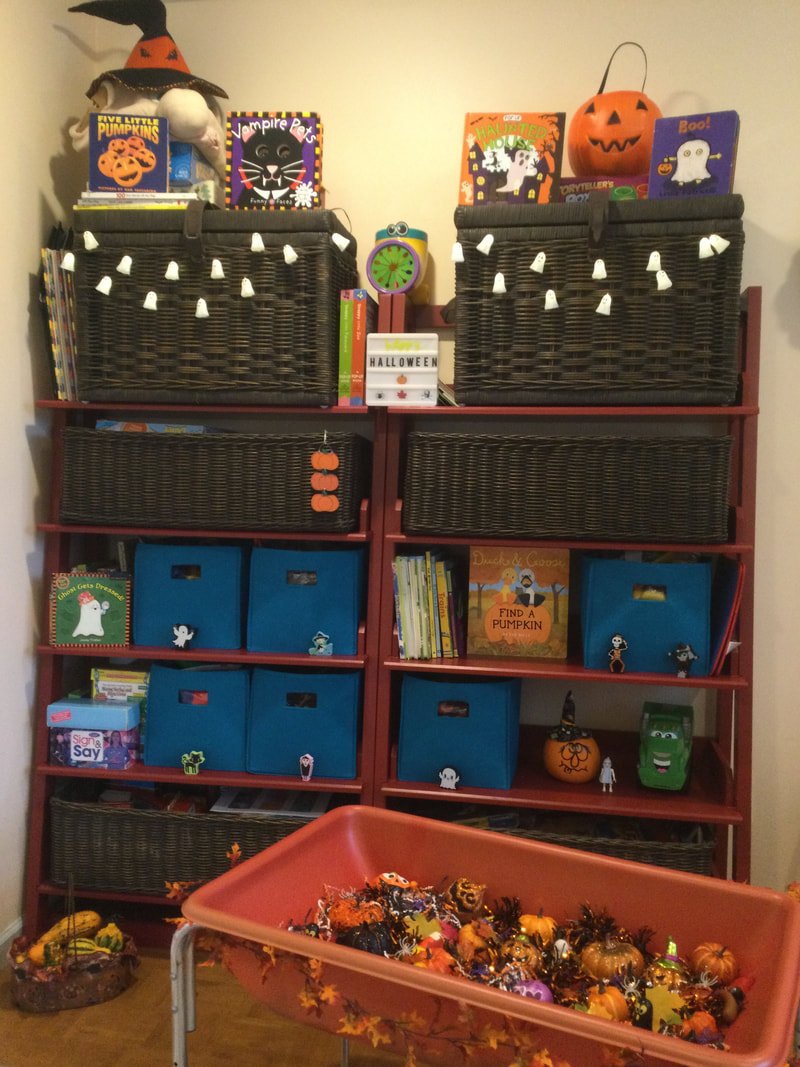 What does it mean to incorporate sensory integration into speech therapy? Children learn to develop their motor abilities, attention, cognitive thinking, language skills, and interpersonal relationships by taking in and processing information from each of the seven senses, including not only the well-known hearing, vision, touch, smell, and taste, but also their vestibular system (or sense of balance and movement) and proprioception (or sense of body awareness). Thoughtful and guided exposure to positive sensory experiences can help to ensure that children learn to process and respond to sensory stimuli. It's a holistic approach that makes learning language fun! Fall is my favorite season for the primary reason that it offers so much to talk about ... and so many ways to add some silly and spooky sensory experiences into our sessions! A sensory bin offers lots of motivation for learning and language! You can work on identifying descriptive concepts by having a child find items by their attributes, such as a "striped pumpkin," "a small black spider," "a soft squishy candy corn," or even something more specific and complex such as "a shiny pumpkin wearing a green hat." You can make it more expressive and conversational by taking turns commenting, "I found a ____! What did you find?" A light board is a great way to attract a child's attention and interest by simply placing items on the board to play with and manipulate in different ways. I love using gourds this time of year because their appearance and texture offer so much vocabulary (it's striped, it's bumpy, it's short/tall, curvy, etc.). Rolling gourds in play-doh ON the light board adds sight and touch in a fun and unique way to really motivate a child to learn about it ... and gives the play-doh a new effect! And so many children respond positively to incorporating sound into therapy! Banging drums and jumping on a large piano mat adds movement with auditory input to really aide learning the language that is targeted. And a musical or melodic component is another way to help the brain process what is being said. If a child is working on specific sounds to improve his or her articulation, these are perfect activities to use as motivation and reinforcement for producing target vocabulary with their specific sounds! Connections Speech Therapy specializes in using these and other sensory-based techniques that derive from the principles of sensory integration to make therapy fun, creative, and effective. Contact us today for a free consultation to see if these experiences can assist your child's language and learning!
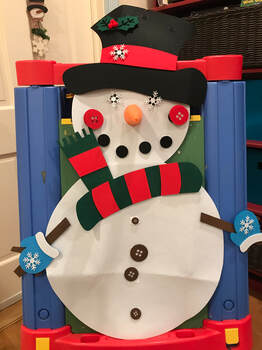 Some of the best speech therapy comes from a session that doesn't quite go as planned. When a child asserts his or her own thoughts and ideas about a toy or a game or activity, I see it more as an opportunity to teach them the power of language than as an act of defiance or noncompliance. In this first example, I worked with a child on following directions to place the different parts on the snowman. I love the end result of her creativity! While she chose to put some of the pieces in unique places of her own choosing, I was able to elicit some new descriptive vocabulary and word combinations as we labeled his "snowflake eyes" and "big button cheeks" and laughed about the scarf blowing in his face! 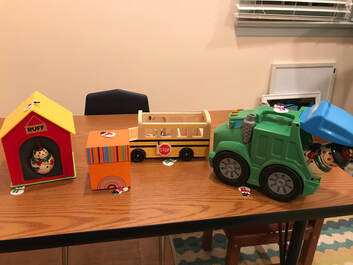 And when we worked on placing snowman figures "in," "on," and "under" various locations, she had strong opinions that the figures each be assigned "in" a different location and were not to come "out" again! Some snowman stickers quickly came to my rescue as she happily followed my directions to place them in some of the other target positions. And when she wanted to drive the vehicles around, we had the perfect opportunity to drive them under and around the large snowman we made! Following the child's lead in this way can often lead to the best communication with your child! Remember that communication is a two-way street and to go with the flow as they say! If your child is receiving speech therapy, take note of the toys and activities used by the therapist. Peruse the storage units of a speech therapist and you likely will find very few, if any, electronic toys with batteries. The reason why is clearly outlined in the article linked below. “The best toys are those that support parents and children playing, pretending, and interacting together,” stated Alan Mendelsohn, MD, FAAP, in the AAP’s press release. Although the department stores will line their shelves this holiday season with flashy, digital, and electronic games, I challenge you to look instead for the simple toys that the speech therapist is using . . . My favorites are play-doh, Potato Heads, toy food and dishes, toy animals, blocks, musical instruments, puzzles, puppets, and balls! Realize that the less a toy does, the more the child can do with it, sparking endless imagination and creativity and more importantly, interaction and communication! While electronic gadgets and apps promise to teach your child ABCs, numbers, shapes, ask yourself how these concepts help your child to express what he wants, what he needs, or what he thinks. I would argue that many of these electronic toys that appear to have the benefit of "teaching" language, may in fact be preventing the child's engagement with others and teaching him to be passive and quiet. When you offer toys that do "nothing," your child learns many more "somethings" about play, communication, and social interaction. 😃
https://www.healthy-holistic-living.com/pediatricians-say-kids-need-simple-toys-not-ipads-and-electronics/ Speech therapy may look a lot like we are just playing . . . but here is an insider’s guide about what is really happening during all that “play!”
Every speech therapist who works with a child on developing and expanding his speech and language skills and communication has been challenged with questions about why it looks like “you’re just playing with my child.” What looks like the therapist sitting on the floor and simply talking to and playing with your child is actually based upon a lot of knowledge and expertise and includes many subtle prompts or cues which the therapist is skillfully using to facilitate the child’s language and communication. Keep reading for some inside tips and insight . . .
 Happy New Year! I have several resolutions that I want to implement in 2019 . . . I want to be more organized, more health-conscious, more productive! And I want to help you implement some simple strategies that can help your child build his or her speech and language skills! Let's talk about those challenges that I am asked about most frequently . . . 1) Is too much screen time hurting my child's speech and language development? Research has proven that screen time does not promote your child’s language development. The American Academy of Pediatrics points out that most apps that are considered to be "educational" are targeting rote skills such as the alphabet or shapes. However, the skills young children need to learn to be successful in school include more social pragmatic skills such as impulse control, managing emotions, and creative problem solving. The best way to promote these skills is through unstructured and social play. Have fun and be silly during everyday interactions, such as bath time, meal time or take a walk to the park! That’s where the best language learning takes place. Strike a balance and facilitate screen time to embed yourself into the interaction . . . if your child has a favorite song they enjoy listening to, sing that song as you get your child dressed or are driving in the car. Exposing your child to screen time is not so bad if you also expose him or her to legos, and farm animals, and making cookies, and splashing in a mud puddle . . . . you get the idea! 2) Should I correct my child if he pronounces a word incorrectly? Errors are an essential part of the learning process as children develop their speech and language skills. It is common for children to make speech errors, but as they grow older, their articulation continues to develop and their pronunciation generally becomes much more clear. A good guideline to follow is that by 2 years old, a child should be understood 50% of the time by an unfamiliar listener. By 3 years old, they should be understood 75% of the time, and by 4-5 years old, they should be close to 100% intelligible even if a few articulation errors are still present in their speech. You want to offer a positive and supportive model for your child. It is the message that your child is attempting to relate that is most important and you want to praise and reinforce that message. *Repeat what your child has said, but use the correct pronunciation. *You may want to give the sound a little extra emphasis. *Use reading as a way to surround your child with the targeted sound. *Slowly tapping and clapping out each syllable can be a fun way to help with clarity. *If you don't understand what your child has said, ask more questions, encourage your child to show you a reference if they can and obtain more information. 3) Is my child stuttering? I am often asked by parents about whether or not they should be concerned about stuttering. Just as articulation errors are a typical part of speech and language learning, so is disfluency. As children learn to speak, they may demonstrate repetition of a sound, syllable or word. Use of fillers such as "uhh," or "umm," is also common. It is common to see these repetitions during a stage of growth when language is rapidly increasing, and these repetitions may come and go throughout different stages or be observed at different times. Disfluencies are likely to increase when children are tired, excited, upset, or being rushed to speak or when they are asking or responding to questions. *Try talking to your child in a way that is relaxed, fun, and enjoyable. *Engage your child in conversation without distractions or interruptions. *Listen attentively to what your child is saying, maintaining normal eye contact without displaying signs of impatience or frustration. *Avoid reacting negatively when your child stutters, correcting his speech, or completing his sentences. *Model a slow, relaxed way of speaking to help your child slow down his own speech. 4) How can I help my child learn to read? Phonological awareness is the area of oral language that relates to the ability to think about the sounds in a word rather than just the meaning of the word. It is an understanding that spoken language is made up of words, and words consist of syllables, rhymes, and sounds. As preschoolers, children start to develop an awareness of individual phonemes and can attend to and manipulate them in a word. By the end of kindergarten, students typically demonstrate the ability to: recognize how many words are in a sentence, segment and blend words of at least three syllables, understand the concept of rhyming, recognize and generate rhyming words, isolate the beginning or ending sounds in words, segment and blend sounds in a word with three sounds, and change a sound in a word to make a new word in familiar games and songs. *Read aloud to your child frequently. Choose books that rhyme or repeat the same sound. Draw your child’s attention to rhymes. *Teach your child nursery rhymes and practice saying them together. *Teach your child about syllables by clapping or jumping to each syllable he hears in a word, pause between each syllable for emphasis. *Play “I Spy.” You say “I spy with my little eye something that rhymes with … or something that starts with . . . . *Develop sound/letter correspondence by filling boxes with pictures or objects that start with a given letter. * Use Lego bricks to break words apart or to blend sounds together. Give your child two attached Lego bricks to represent parts of the word. Then have him physically take the Lego pieces apart as he removes part of the word. 5) Will using sign language or pictures further delay or prevent my child's speech and language skills from developing? Research has shown that using sign language does not negatively impact a child’s language development, and actually increases a child's verbal skills. Children can be taught to use signs or gestures before they are able to use words to communicate and this can significantly reduce frustration for both you and your child. *Select a few signs to use when you talk to your child: Some suggested common first words to sign with your child include: Nouns: dog, cat, bird, shoe, cookie, cracker, apple, potty, car, truck, cup, spoon, bowl, boy, girl, baby, ball, bubble, block, slide Social Words: no, stop, all done, all gone, away, more, again, mine Action Words: go, up, down, eat, open, help Descriptors: big, little, dirty, clean, wet, dry, on, in *Ask your child what he wants and pause for a minute to see if he will say or sign it first. If not, show him the sign and say the word out loud. Pause again and see if he imitates you. If not, take his hands and help him make the sign. Then, immediately reward him by giving him the object or action just as if he had said it. If you have any concerns about these or other aspects of your child's speech and language skills or would like further information or input, please contact Connections Speech Therapy for a free consult. |
AuthorMy name is Katherine Hindman. I have been a speech therapist for over 20 years and truly love what I do! Archives
November 2022
Categories |
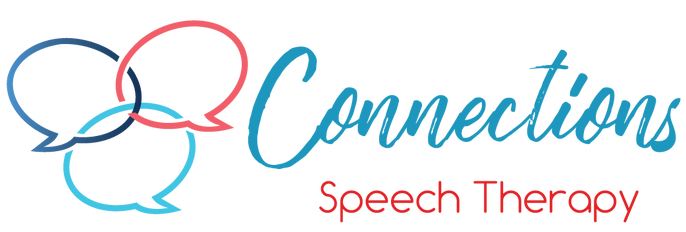

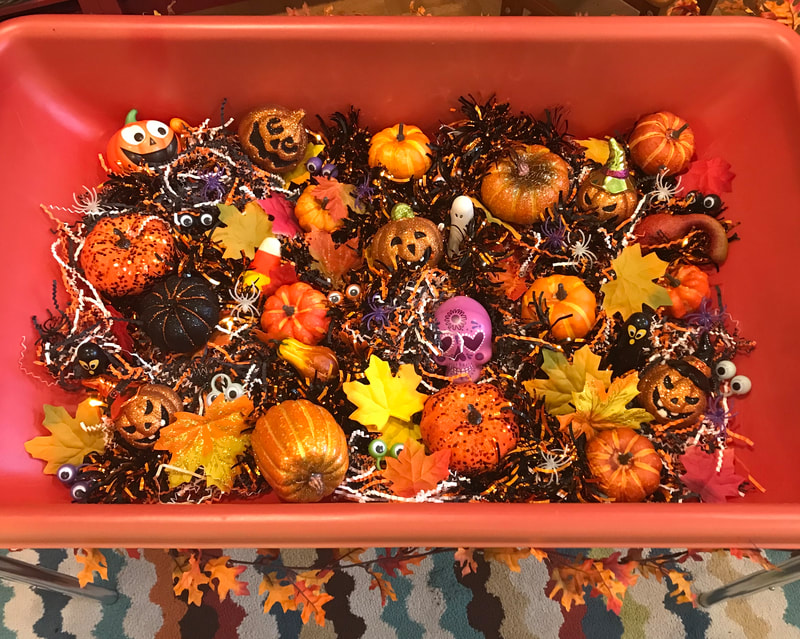
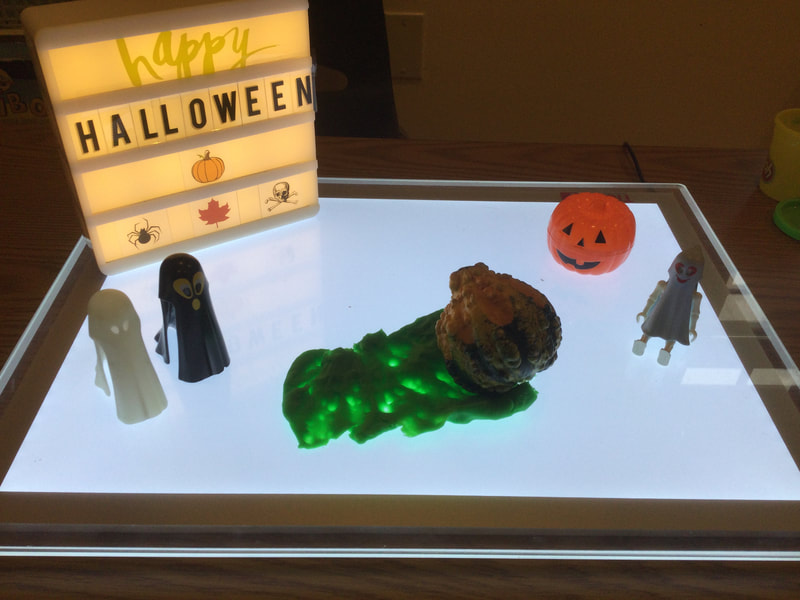
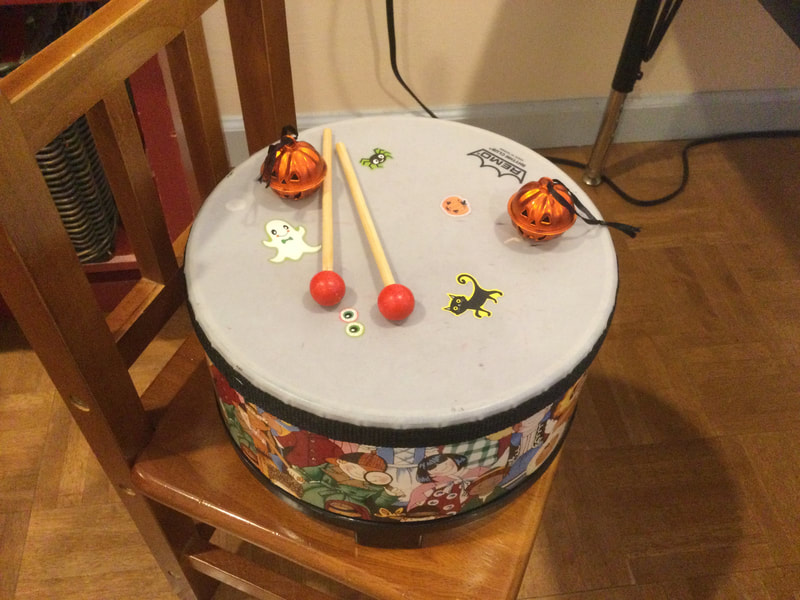
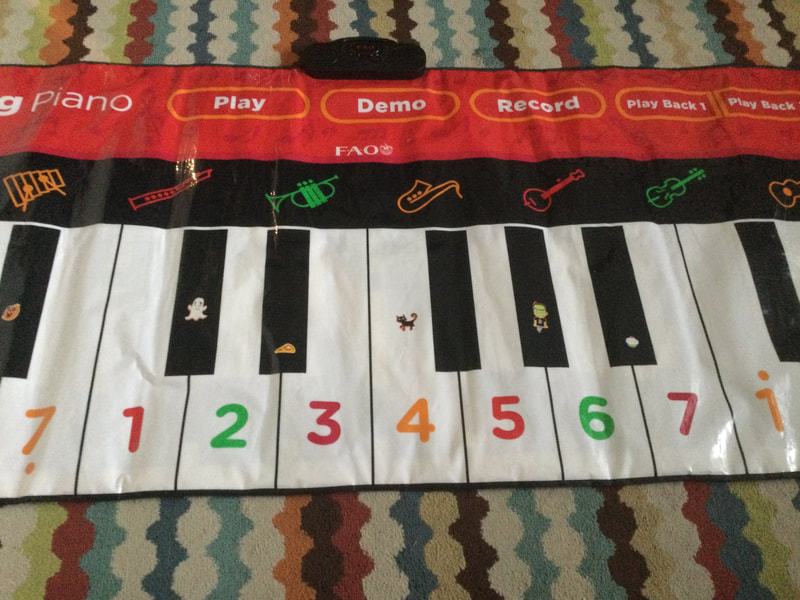
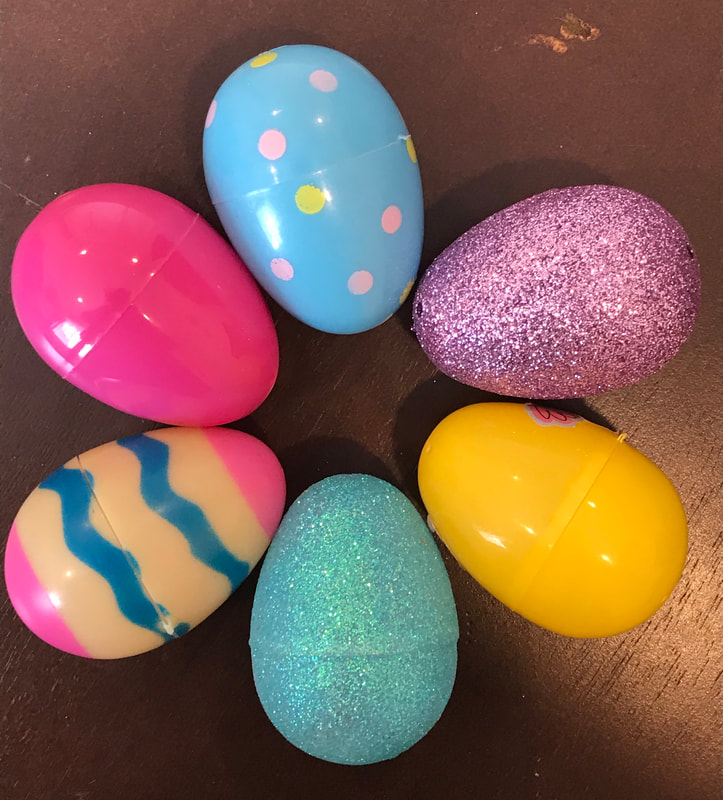
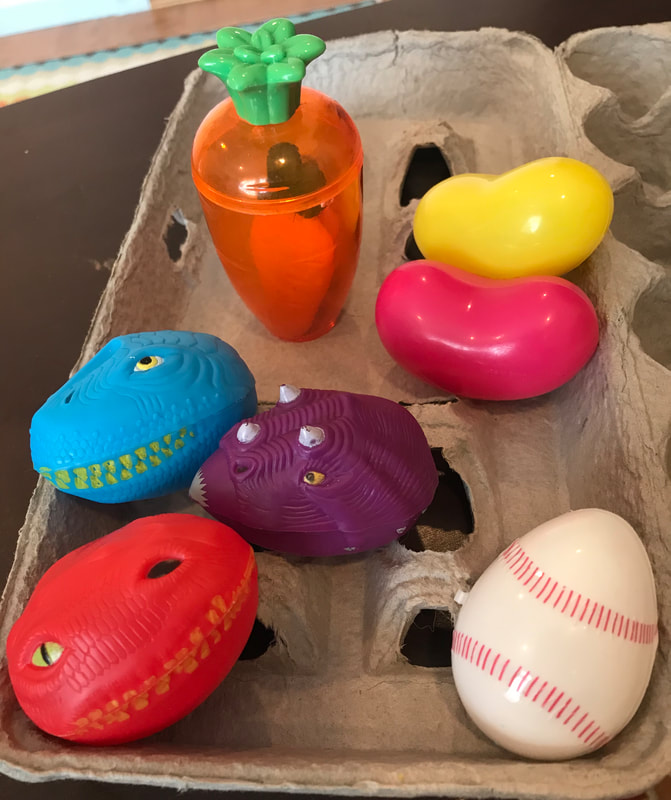

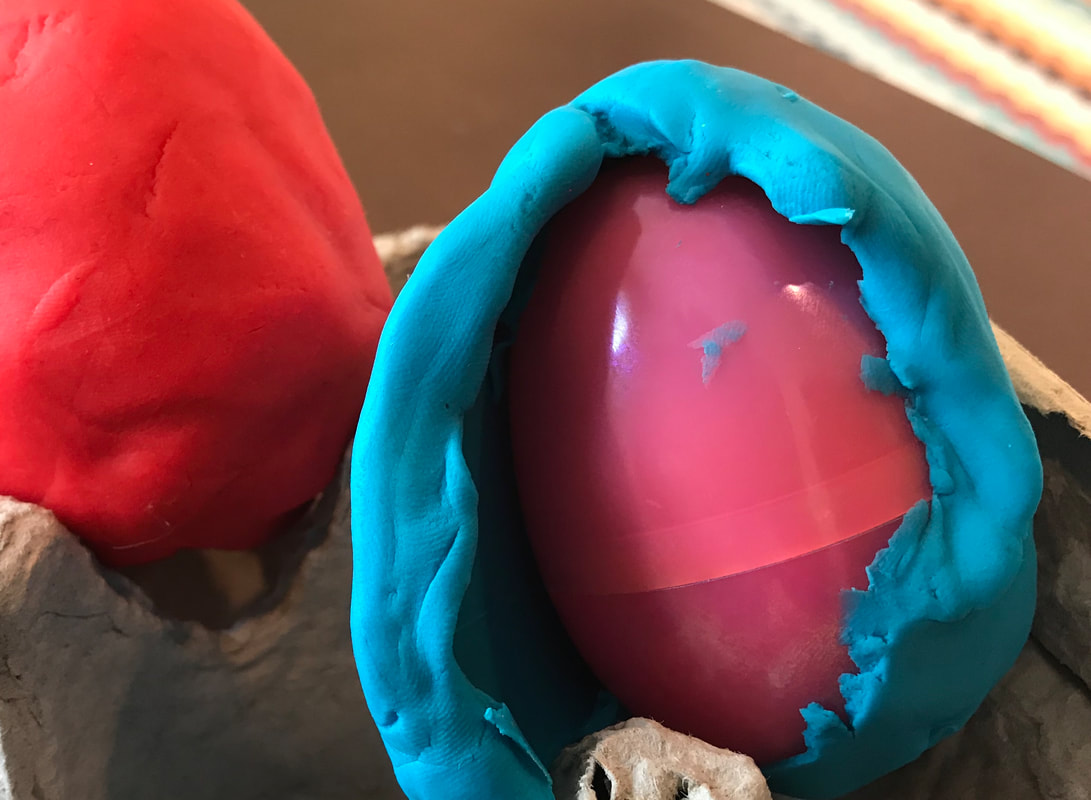
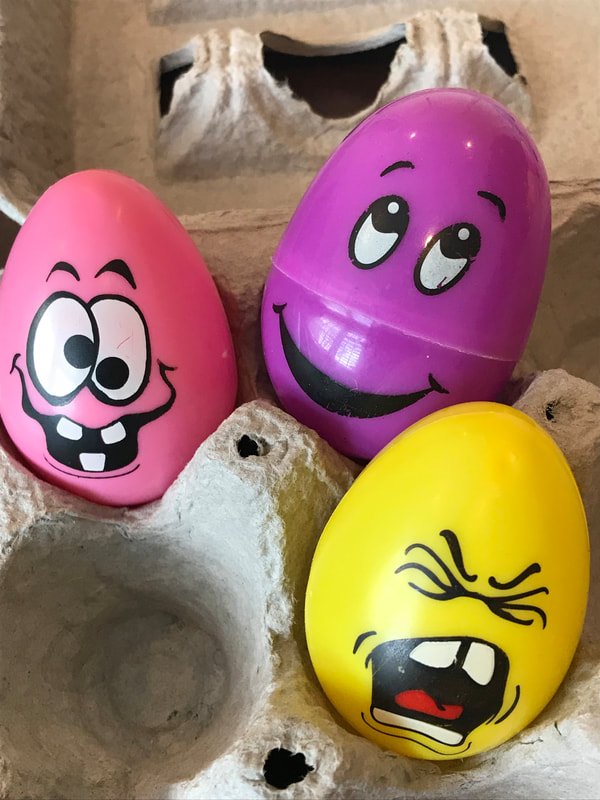
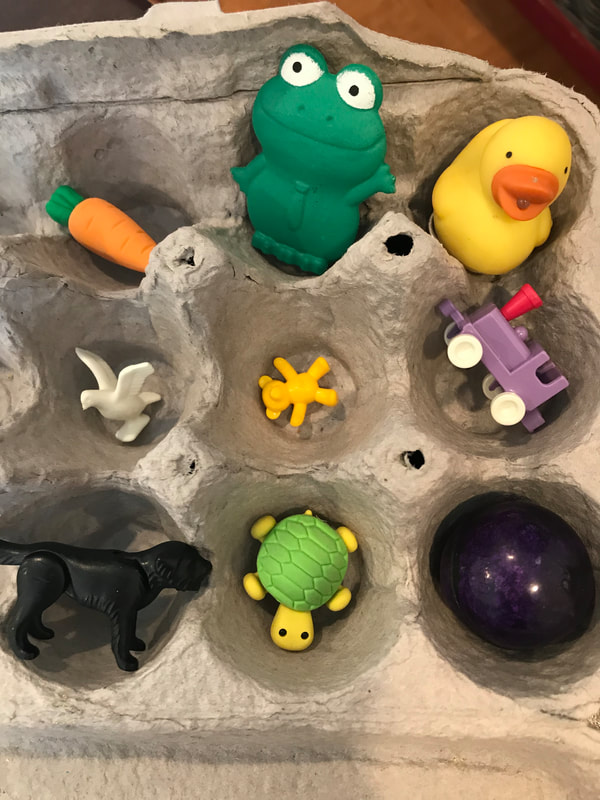
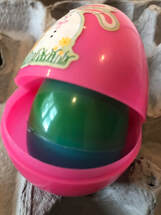
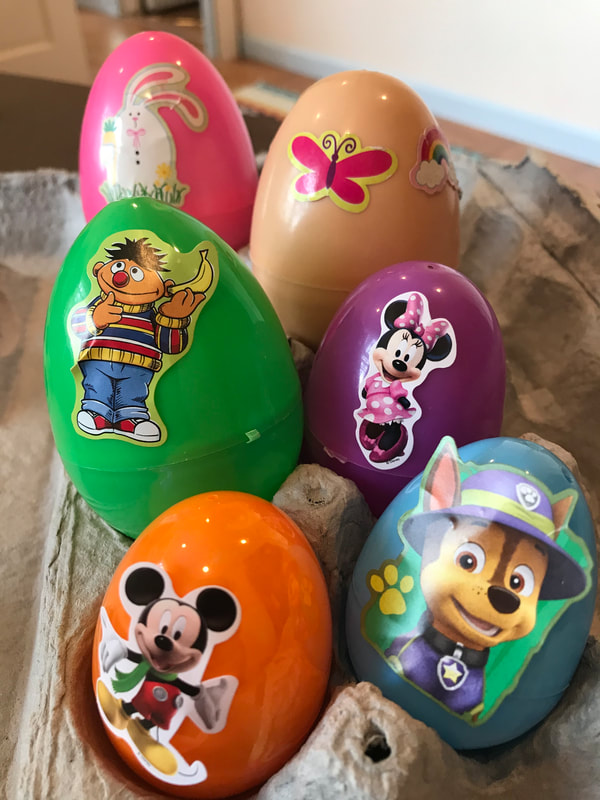
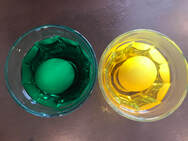
 RSS Feed
RSS Feed